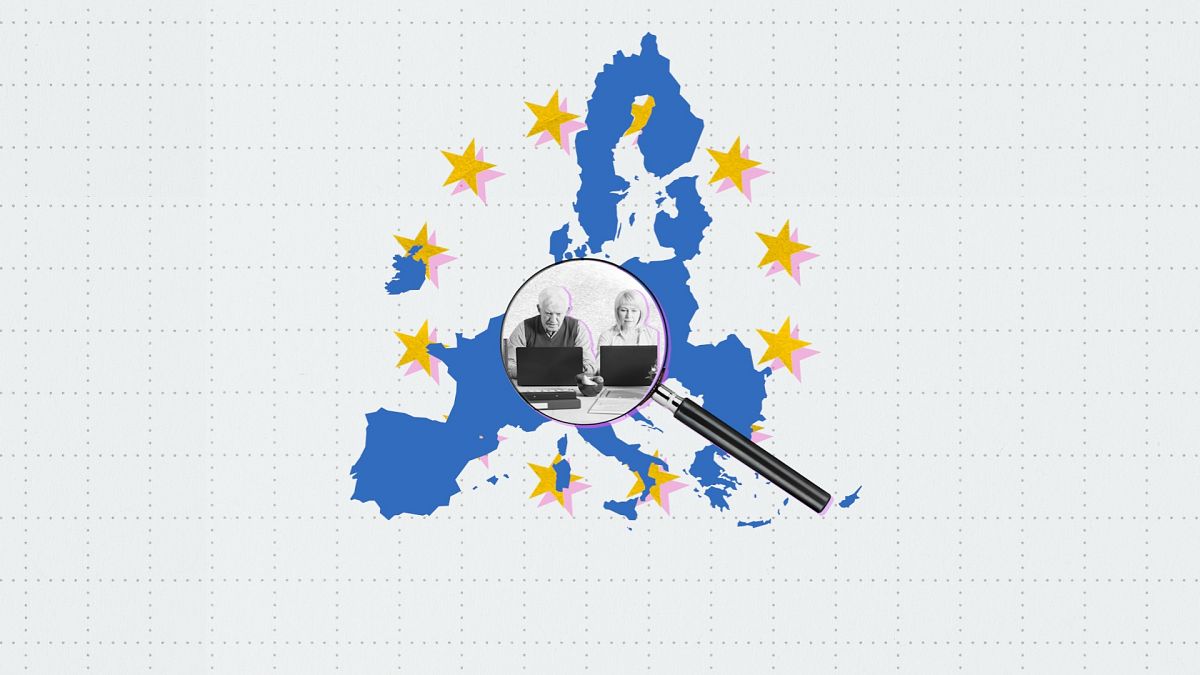Published on
A life goal for some, a new beginning for others.
Perception and attitude to retirement change widely across the European Union, with, in some cases, staggering rates of pensioners who decide to remain active even after qualifying for an old-age pension.
The average across the bloc between entrepreneurs and employees is 40%, according to Eurostat data published in June.
The vast majority of pensioners who continue to work are self-employed (56%), with a smaller, though still relevant, rate among employees (24%).
Estonia and Iceland stand out as the countries with the highest proportion of working pensioners.
Staggering rates of entrepreneurs who keep working after retirement
Sweden has by far the most industrious retired entrepreneurs.
Almost all of them (98.4%) keep working after receiving their old-age pension. Huge rates in Finland and Ireland too, close to 90%.
On the contrary, in Spain and Greece, the vast majority prefer to enjoy retirement, and only about one in five entrepreneurs remain active (18% in Spain and 20% in Greece).
Bulgarian, Greek and Cypriot pensioners clock the most hours
In some countries, employed pensioners clock in as many as, or more, hours than common workers.
Nearly 39 in Bulgaria, 38.5 in Greece, 35.8 in Lithuania and 35.7 in Cyprus, the highest rates in the EU.
But most pensioners who keep working prefer part-time options (57%).
Which workers are most likely to continue working after receiving an old-age pension?
The rate is highest among managers (40.1%) and skilled agriculture, forestry and fishery workers (40.1%).
Salesmen (32.2%) and technicians (30.3%) also have significant proportions.
Read the full article here


